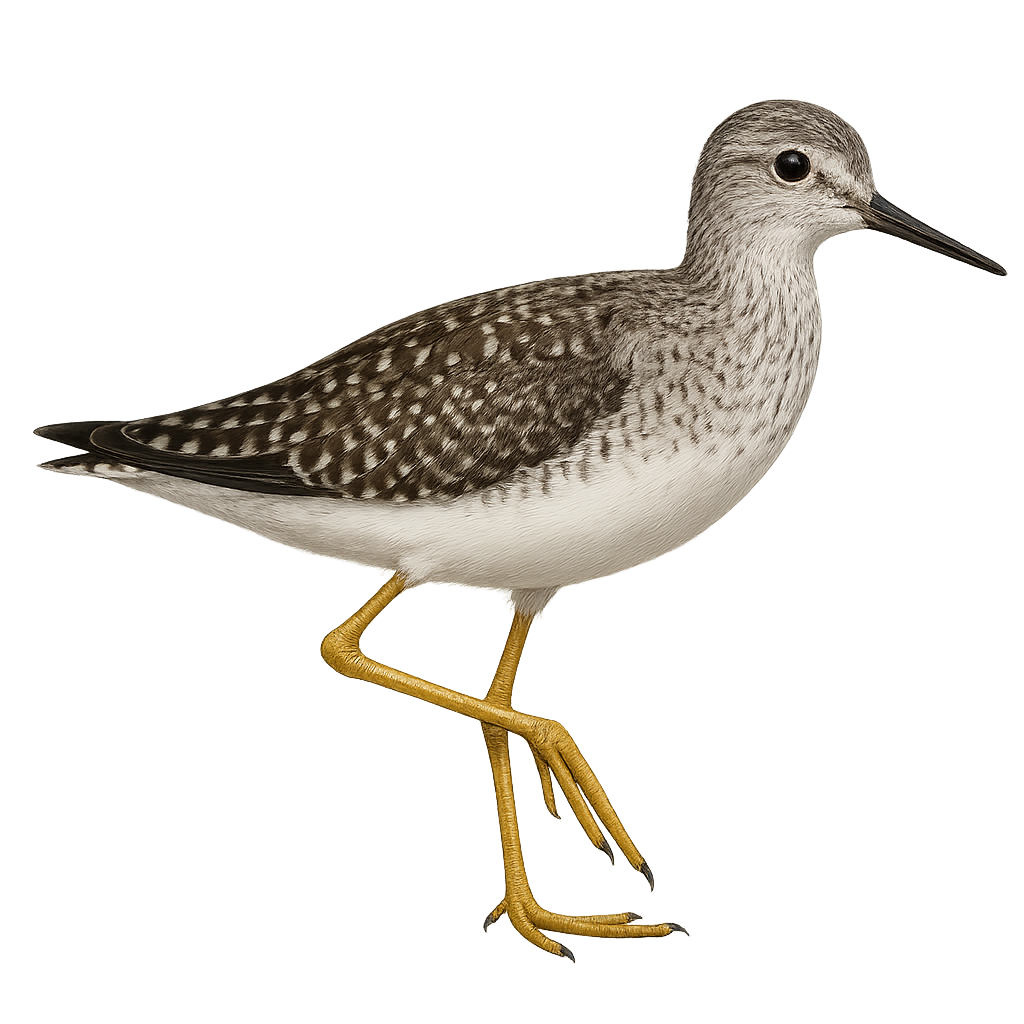Your wildlife photography guide.
Explore the lesser yellowlegs in detail, study its behavior, prepare your shots.
Where to observe and photograph the lesser yellowlegs in the wild
Learn where and when to spot the lesser yellowlegs in the wild, how to identify the species based on distinctive features, and what natural environments it inhabits. The WildlifePhotographer app offers tailored photography tips that reflect the lesser yellowlegs’s behavior, helping you capture better wildlife images. Explore the full species profile for key information including description, habitat, active periods, and approach techniques.
Lesser Yellowlegs
Scientific name: Tringa flavipes

IUCN Status: Least Concern
Family: SCOLOPACIDAE
Group: Birds
Sensitivity to human approach: Suspicious
Minimum approach distance: 10 m
Courtship display: May to June
Incubation: 22-24 jours
Hatchings: June to July
Habitat:
Marshes, muddy shores, wetlands
Activity period :
Primarily active during the day, with peak activity in the morning and late afternoon.
Identification and description:
The Lesser Yellowlegs, Tringa flavipes, is a medium-sized shorebird known for its long yellow legs and mottled grey-brown plumage. It primarily inhabits wetlands, marshes, and muddy shores, feeding on small invertebrates and crustaceans. A migratory bird, it breeds in the boreal regions of North America and migrates south to winter in Central and South America. Its call is a clear, melodious whistle, often heard during the breeding season. Although generally solitary, it can be seen in small groups during migration. Its population is stable, but it remains vulnerable to habitat loss.
Recommended lens:
400mm – adjust based on distance, desired framing (portrait or habitat), and approach conditions.
Photography tips:
To photograph the Lesser Yellowlegs, aim for the golden hours of morning or evening to take advantage of soft, flattering light. Use a telephoto lens of at least 400mm to capture details without disturbing the bird. Approach slowly and stay low to minimize your presence. A tripod can be helpful for stabilizing your camera, especially if using slow shutter speeds. Be patient and wait for the bird to move naturally in its habitat to get authentic and dynamic shots.
The WildlifePhotographer App is coming soon!
Be the first to explore the best nature spots, track rutting seasons, log your observations, and observe more wildlife.
Already 1 430 wildlife lovers subscribed worldwide

